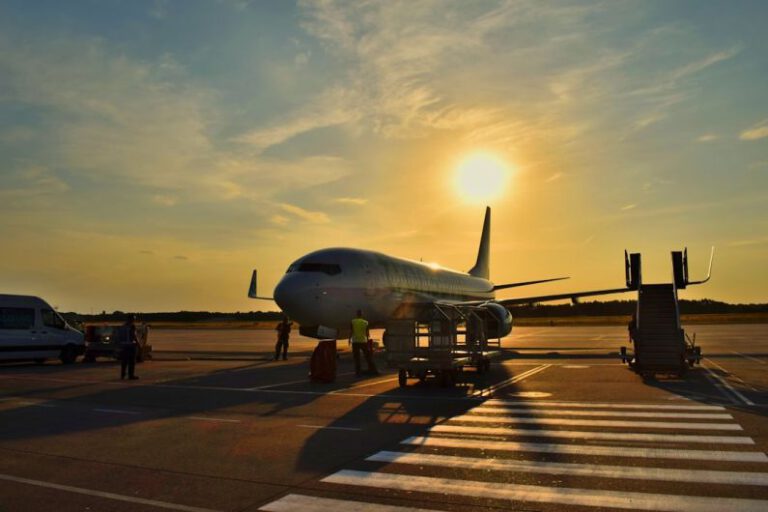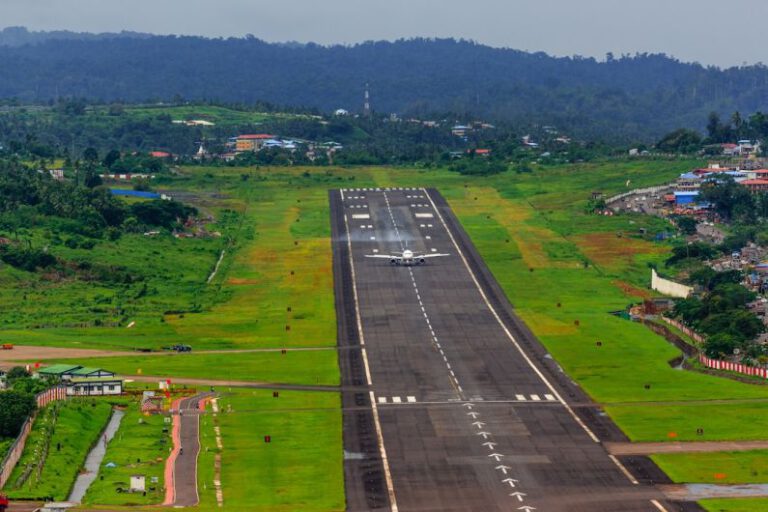Spaceports: Blurring the Lines between Air and Space Travel
Humanity has always been fascinated by the idea of exploring the unknown, pushing the boundaries of what is possible. In recent years, the concept of space travel has become more accessible and commercialized, thanks to the rise of spaceports. These innovative facilities are revolutionizing the way we think about travel, blurring the lines between traditional air travel and the final frontier of space.
The Rise of Spaceports
Spaceports, once the domain of government space agencies, are now becoming commercial hubs for space tourism, satellite launches, and even interplanetary exploration. With the emergence of companies like SpaceX, Blue Origin, and Virgin Galactic, the demand for spaceport facilities has grown exponentially. These modern spaceports are equipped with state-of-the-art infrastructure, capable of supporting a wide range of spaceflight activities.
Spaceports as Gateways to the Stars
Spaceports are not just launch pads; they are gateways to the stars, offering a glimpse into the future of space travel. With advancements in technology and engineering, spaceports are becoming more versatile, capable of accommodating different types of spacecraft and missions. From suborbital joyrides to lunar excursions, spaceports are opening up a new era of exploration and adventure.
The Convergence of Air and Space Travel
One of the most intriguing aspects of spaceports is their ability to blur the lines between air and space travel. Traditionally, air travel has been limited to the Earth’s atmosphere, while space travel has been reserved for trained astronauts and specialized spacecraft. However, with the advent of commercial spaceflight, the distinction between air and space travel is becoming increasingly blurred.
Spaceports like Spaceport America in New Mexico and Spaceport Cornwall in the UK are leading the way in this convergence, offering a seamless transition from traditional runways to space launch pads. Passengers can now embark on a journey that takes them from the familiar confines of Earth to the vast expanse of space, all from the same facility. This integration of air and space travel is not only groundbreaking but also symbolic of humanity’s evolving relationship with the cosmos.
The Future of Spaceports
As technology continues to advance and space exploration becomes more accessible, the role of spaceports will only become more prominent. With plans for orbital spaceports, lunar bases, and even Mars colonies on the horizon, the future of spaceports is filled with endless possibilities. These futuristic facilities will serve as hubs for interplanetary travel, scientific research, and commercial ventures, paving the way for a new era of space exploration.
Spaceports are not just infrastructure; they are symbols of human ingenuity and ambition, representing our collective desire to reach for the stars. As we push the boundaries of what is possible, spaceports will continue to play a crucial role in shaping the future of space travel. With each launch, each landing, and each new frontier crossed, spaceports will be there, bridging the gap between air and space travel and inspiring generations to come.
In conclusion, spaceports are more than just launch sites; they are the gateways to a future where the sky is no longer the limit. As we embrace this new era of space exploration, the lines between air and space travel will continue to blur, paving the way for a truly interconnected universe where the possibilities are as endless as the stars themselves.





